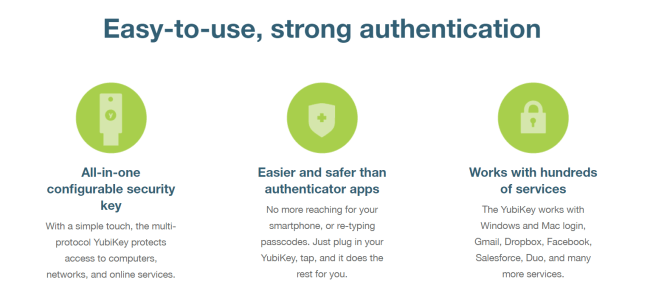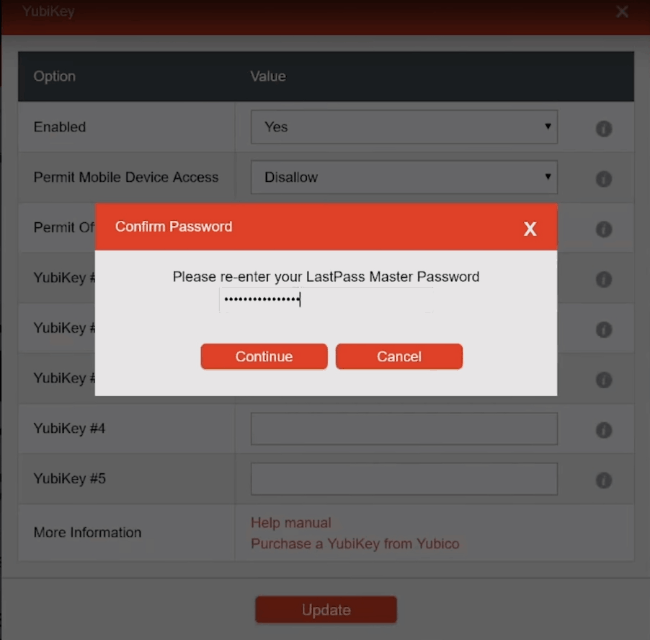

Yubikey, as states, could also be vulnerable. So yes all software can have vulnerabilities. Lastpass has had a XSS vulnerability and a suspected intrusion recently. Who are you concerned would want your passwords? Opportunistic attackers or targeted governments / organized crime?.Are you storing the whole password in there or a unique value to which you add a passphrase?.

What passwords are you protecting in Lastpass?.Last Pass Premium users who would like to give Sesame a try can download it from the official website.The complex answer: it depends on your threat model and risk appetite. That alone should be reason enough to give it a try, especially if you put it on a secure USB stick that supports data encryption. The procedure is definitely more secure than the standard Last Pass authentication method. Last Pass Sesame adds a new layer of protection to the account. Take a look at the video below to see the whole process in action.

An email with a link to deactivate Sesame is send to the registered email address which again needs to be confirmed (by clicking on a link). The account from that moment on will be protected by the default username and password, and the one-time password that needs to be generated whenever you want to log into your Last Pass account. The email contains a link that needs to be clicked on to activate Last Pass 2-step verification log ins. An email is automatically send to the account's email address. Here it is then possible to click on the Generate One Time Password button to create a one-time password for that account.Įach new account needs to verify participation before it becomes available in the software program. This is done by entering the Last Pass username and password into the authorization prompt that opens on first start.Įach user account that is authorized this way is shown in the main program window. It begins with the authorization of Last Pass accounts in the software. Read on to find out how Last Pass Sesame is setup and used. Ideal for libraries, Internet Cafes, connections via wireless networks and other public places that offer access to computer systems or networks. It has been specifically designed for USB Thumb Drives and situations where you cannot "trust" the PC you are working on. It is a free tool for 32-bit and 64-bit editions of Windows, Linux and Mac operating systems (that's what the help file states, I was only able to find the Windows download on site) that can be used to add multifactor authentication to Last Pass.

I recently stumbled upon LastPass Sesame by chance.


 0 kommentar(er)
0 kommentar(er)
